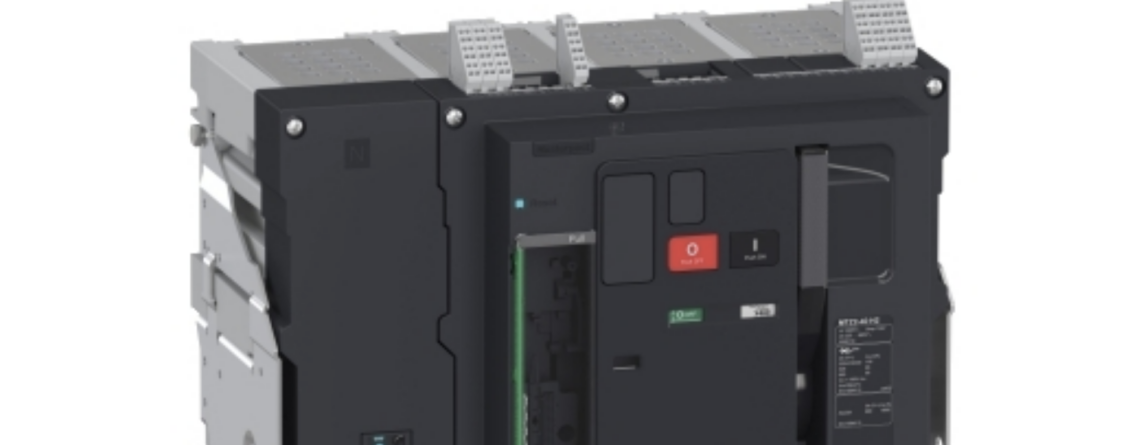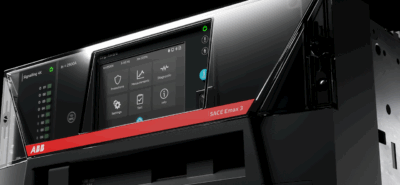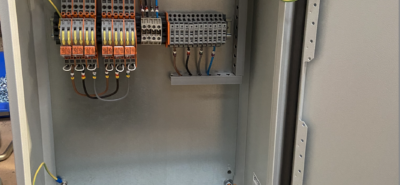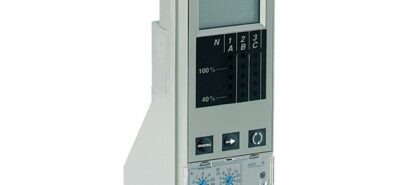02Jul
New Vs Refurbished Air Circuit breakers
New Air Circuit Breakers
Pros:
- Reliability: New circuit breakers typically come with manufacturer warranties and guarantees of performance, ensuring reliability and longevity.
- Efficiency: They often incorporate the latest technology, which can lead to better energy efficiency and operational performance.
- Safety: New circuit breakers are designed to meet current safety standards and regulations, reducing the risk of electrical faults and hazards.
- Customization: Depending on the manufacturer, new circuit breakers may offer customization options to better fit specific needs and applications.
- Long-term Investment: They are a long-term investment with predictable maintenance costs and fewer risks of unexpected failures.
Cons:
- Higher Cost: New circuit breakers generally come with a higher initial cost compared to refurbished ones.
- Lead Times: There might be longer lead times for delivery and installation, which could affect project timelines.
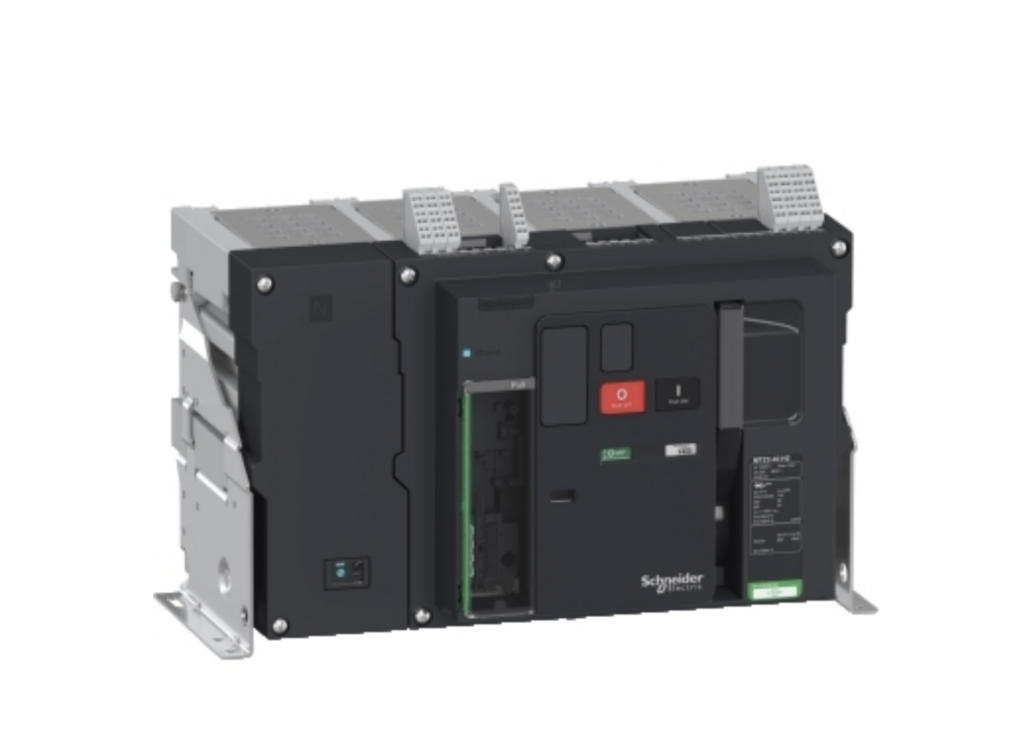
Refurbished Air Circuit Breakers
Pros:
- Cost Savings: Refurbished circuit breakers are typically less expensive than their new counterparts, making them attractive for cost-conscious projects.
- Availability: They can be readily available, which can shorten downtime during replacements or upgrades.
- Environmental Impact: Choosing refurbished options can be more environmentally friendly by extending the life of existing equipment.
- Proven Performance: If properly refurbished, they can offer reliable performance comparable to new circuit breakers.
Cons:
- Uncertainty: Quality can vary depending on the refurbishment process and the supplier, potentially leading to reliability issues.
- Limited Warranty: They may come with shorter warranties or no warranties at all compared to new equipment.
- Compatibility: It may be more challenging to find refurbished models that match specific technical requirements or integration needs.
- Maintenance Requirements: They might require more frequent maintenance and could have a shorter overall lifespan compared to new equipment.
Considerations for Decision Making
- Budget: Determine the initial budget constraints and long-term financial implications, considering factors like maintenance costs and potential downtime.
- Risk Tolerance: Assess the tolerance for operational risks and the criticality of the equipment in your operations.
- Regulatory Compliance: Ensure that both new and refurbished options meet relevant safety and regulatory standards.
- Supplier Reputation: Research the reputation and track record of suppliers or manufacturers, especially for refurbished equipment.
- Future Expansion: Consider future expansion plans and whether the scalability and compatibility of the equipment align with those plans.
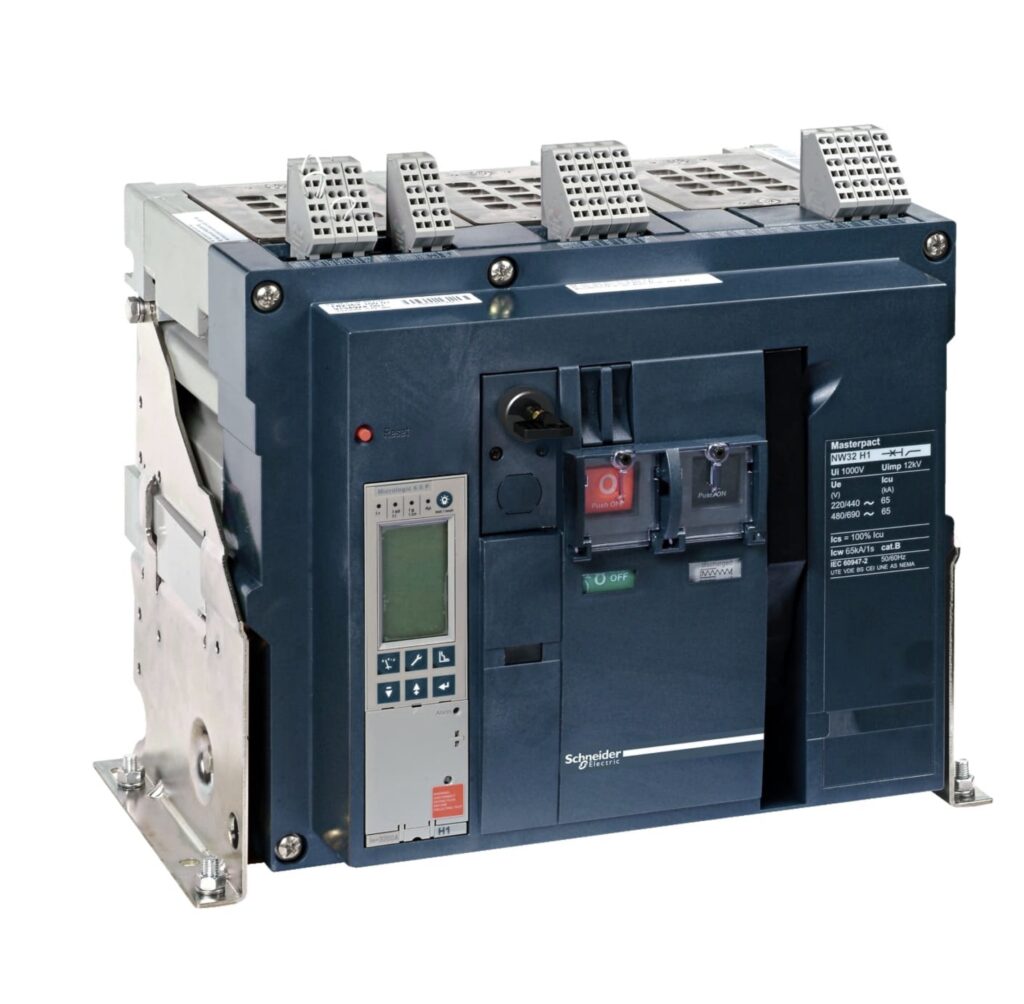
Conclusion
The choice between new and refurbished air circuit breakers ultimately depends on specific project requirements, budget constraints, and risk management strategies. While new equipment offers reliability and performance guarantees, refurbished options can provide cost savings and environmental benefits if sourced and maintained correctly. Careful evaluation of these factors will help make an informed decision that aligns with your organization’s goals and priorities.


